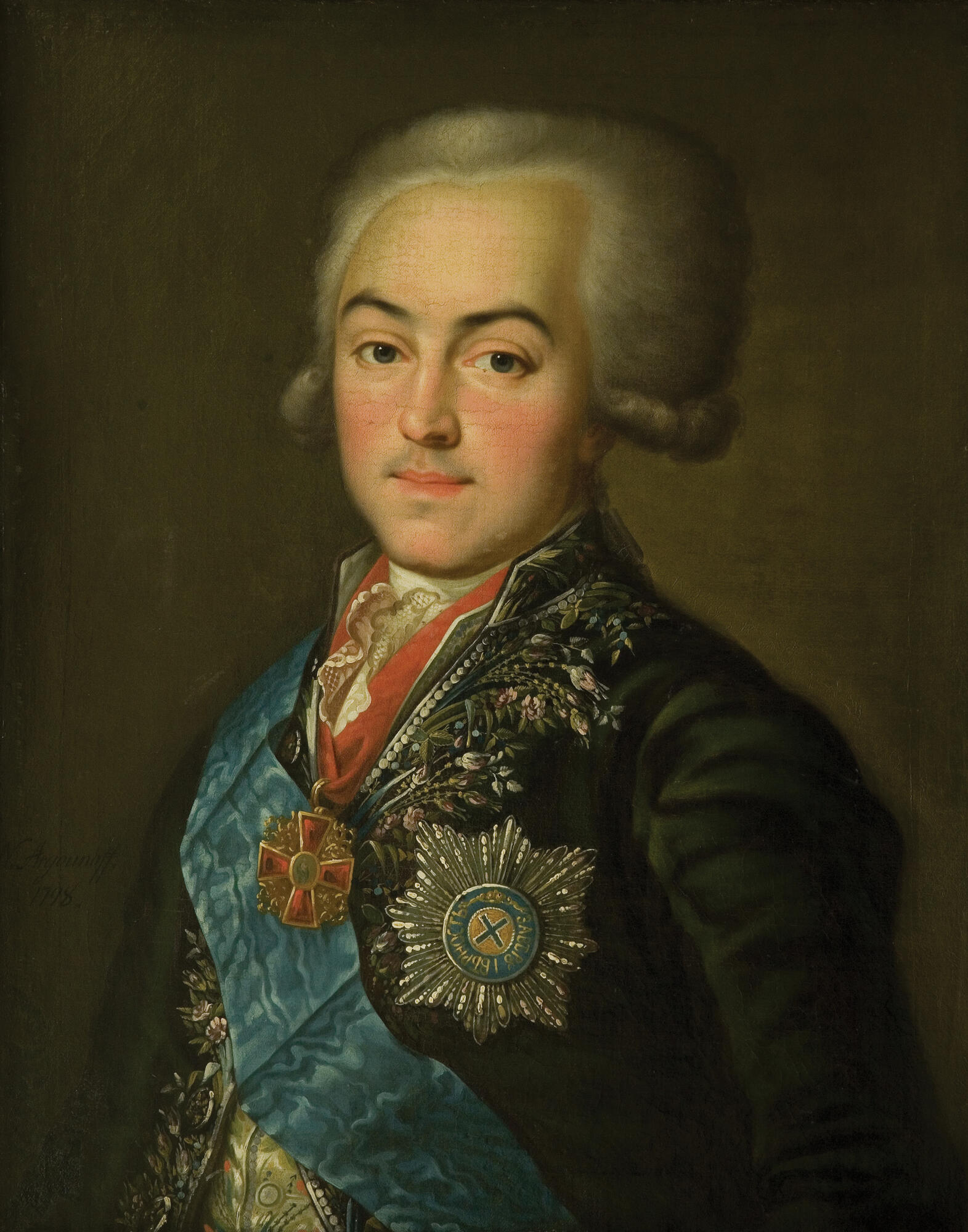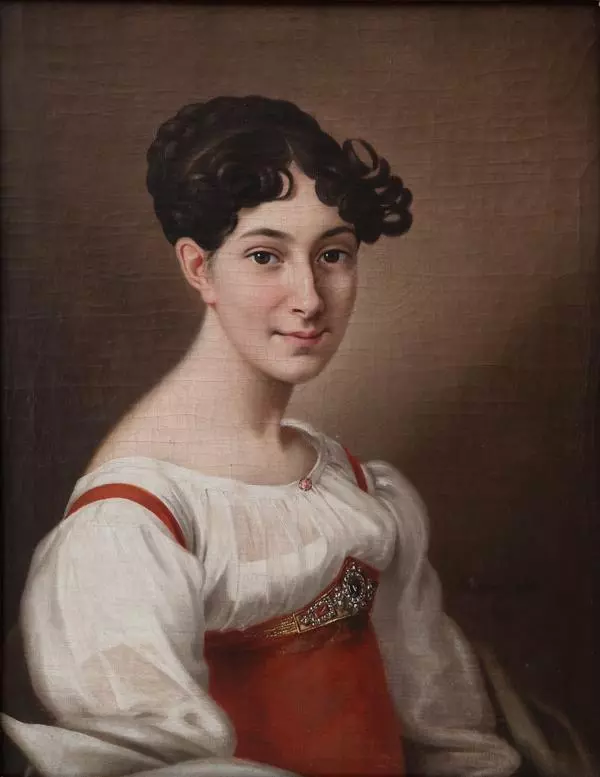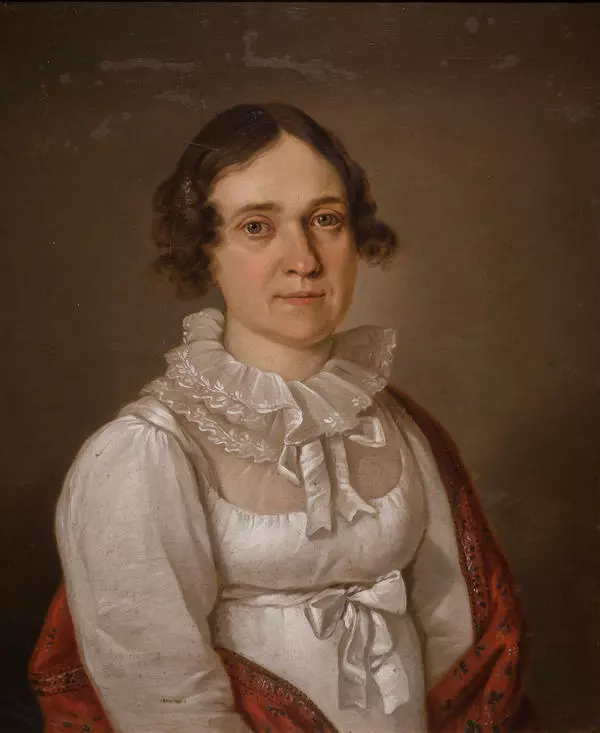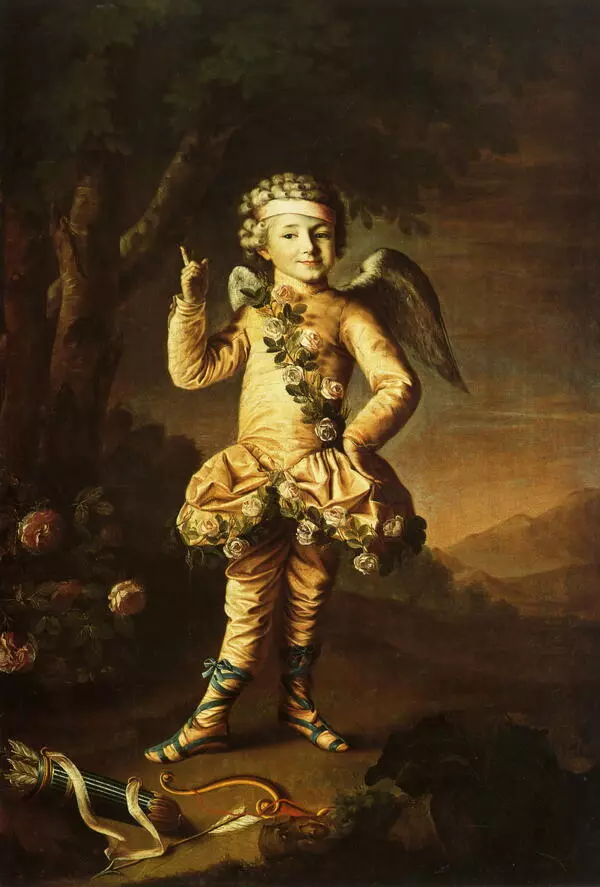The 18th century was a new secular period in the history of Russian art and the golden age of portraiture. At that time, Russian painters were actively learning from the European experience; the Academy of Fine Arts was established, and painters had the opportunity to study abroad.
In the Russian art of the 18th century, the Argunov family, who were serfs of the Sheremetev counts, occupies a special place. The originator of this artistic dynasty was Ivan Petrovich Argunov, who studied with many future famous artists — for example, Dmitry Grigoryevich Levitsky. Ivan Petrovich’s son, Nikolai Argunov, was born in 1771 in St. Petersburg. The novice master learned his first painting skills from his father, a portrait painter. A diligent and capable student, he was already working at a professional level at the age of 17–18. In the 1790s, Nikolai perfected his skills by copying paintings from the Hermitage. Argunov Jr. was a highly gifted portraitist who combined the principles of classicism and pre-romantic trends in his work.
The most famous of his works are the images of serf actresses Tatyana Shlykova-Granatova and Praskovya Kovaleva-Zhemchugova. Over time, the individual traits in the artist’s works intensified. Few painters who worked in the portrait genre at that time could boast being able to depict such a variety of psychological characteristics and having such a sharp eye as Nikolai Ivanovich Argunov. The best portraits of the artist are the most valuable historical documents of the era and invariably attract the viewers with their artistic originality. Art historians note that Argunov’s portraits combine the rule of composition of a Western European ceremonial portrait and the features of rigidity, pictorial formality and flatness coming from primitive portrait art (parsuna).
Ivan Argunov’s other son, Yakov, also became an artist; his brother Pavel became an architect, following in the footsteps of his uncle, the popular architect Fyodor Semyonovich Argunov.
The portrait of Count Nikolai Petrovich Sheremetev
by Nikolai Argunov entered the Voronezh Regional Art Museum named after Ivan
Kramskoy in 1933 from the Voronezh Regional Museum of Local Lore. Until 1928,
the painting was in the State Tretyakov Gallery.






